If The Price Of A Product Decreases We Would Expect

The ripple effect of price changes on consumer behavior and market dynamics is a cornerstone of economic understanding. A decrease in the price of a product, a seemingly simple event, sets in motion a chain reaction affecting everything from consumer demand to producer profits. How profound are these effects, and what factors modulate their intensity?
This article delves into the expected consequences of a product price decrease, examining the core economic principles at play, analyzing potential benefits for consumers, challenges for producers, and broader market implications. We'll consider elasticity of demand, explore scenarios where conventional expectations might be defied, and look towards future trends influencing price sensitivity.
The Law of Demand and Its Implications
At the heart of understanding price changes lies the Law of Demand: as the price of a good or service decreases, the quantity demanded generally increases. This inverse relationship is a fundamental principle in economics.
Consumers are more likely to purchase a product when it becomes more affordable. This increase in demand can lead to higher sales volumes for the product in question.
However, the magnitude of this increased demand is not uniform. The concept of price elasticity of demand helps us understand how responsive consumer demand is to a change in price.
Price Elasticity: A Key Determinant
If demand is elastic, a small price decrease leads to a proportionally larger increase in quantity demanded. Products considered luxuries or those with readily available substitutes often exhibit elastic demand.
Conversely, if demand is inelastic, a price decrease results in a smaller increase in quantity demanded. Necessities like essential medications or products with strong brand loyalty often have inelastic demand.
Understanding the elasticity of demand for a particular product is crucial for businesses contemplating price adjustments. A product with highly elastic demand will experience a substantial surge in sales following a price cut.
Benefits for Consumers
Price decreases directly benefit consumers by increasing their purchasing power. Consumers can now afford to buy more of the product, or allocate their savings to other goods and services.
This is especially beneficial for low-income households, where even small price reductions can significantly improve access to essential goods.
Furthermore, lower prices can stimulate competition among producers, leading to improved product quality and greater innovation.
Challenges for Producers
While consumers generally benefit from lower prices, producers may face challenges. A price decrease, even with increased sales volume, can reduce profit margins if not managed carefully.
Producers may need to optimize their production processes and reduce costs to maintain profitability at lower price points. This could involve streamlining supply chains, investing in automation, or negotiating better deals with suppliers.
If the price decrease is driven by oversupply in the market, it can lead to industry-wide losses and even bankruptcies, especially for smaller or less efficient producers.
The Risk of Price Wars
In highly competitive markets, a price decrease by one producer can trigger a price war, where competitors retaliate with even lower prices. This can create a race to the bottom, eroding profitability for all players.
Price wars can be particularly damaging in industries with high fixed costs, where companies are tempted to sell products at a loss to maintain market share and cover their overhead.
Ultimately, price wars can lead to market consolidation, with larger, more financially stable companies acquiring weaker competitors.
Broader Market Implications
A product price decrease can have significant ripple effects throughout the broader market. It can influence consumer spending patterns, industry competition, and even macroeconomic indicators.
If the price decrease is widespread across multiple sectors, it can contribute to lower inflation rates, potentially prompting central banks to adjust monetary policy. The Federal Reserve, for example, closely monitors price trends when setting interest rates.
Lower prices can also stimulate overall economic activity, as consumers have more disposable income to spend on other goods and services.
Exceptions and Caveats
While the Law of Demand generally holds true, there are exceptions. In some cases, a price decrease can actually lead to a decrease in quantity demanded.
This can occur with Veblen goods, where the perceived value of the product is linked to its high price. Lowering the price can diminish its prestige and appeal to affluent consumers.
Also, if consumers perceive a price decrease as a sign of declining quality, they may be less inclined to purchase the product. This is particularly relevant for products where quality is difficult to assess beforehand.
"Price is what you pay. Value is what you get." - Warren Buffett
Looking Ahead
The impact of price decreases will continue to be shaped by evolving consumer preferences, technological advancements, and global economic trends. The rise of e-commerce and price comparison websites has increased price transparency and consumer sensitivity.
Businesses need to constantly monitor market conditions and adapt their pricing strategies to remain competitive. Understanding the nuances of price elasticity and consumer behavior is crucial for navigating the dynamic landscape of the modern economy.
Ultimately, the consequences of a product price decrease are multifaceted and depend on a complex interplay of factors. While consumers generally benefit from lower prices, producers need to carefully manage their costs and strategies to maintain profitability in an increasingly competitive market.

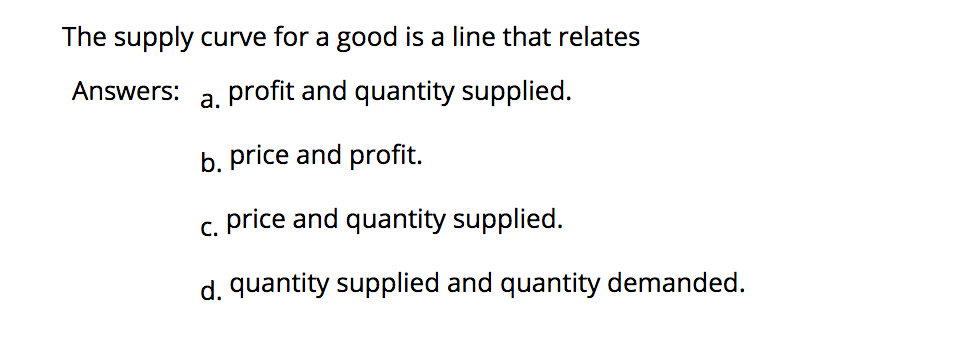



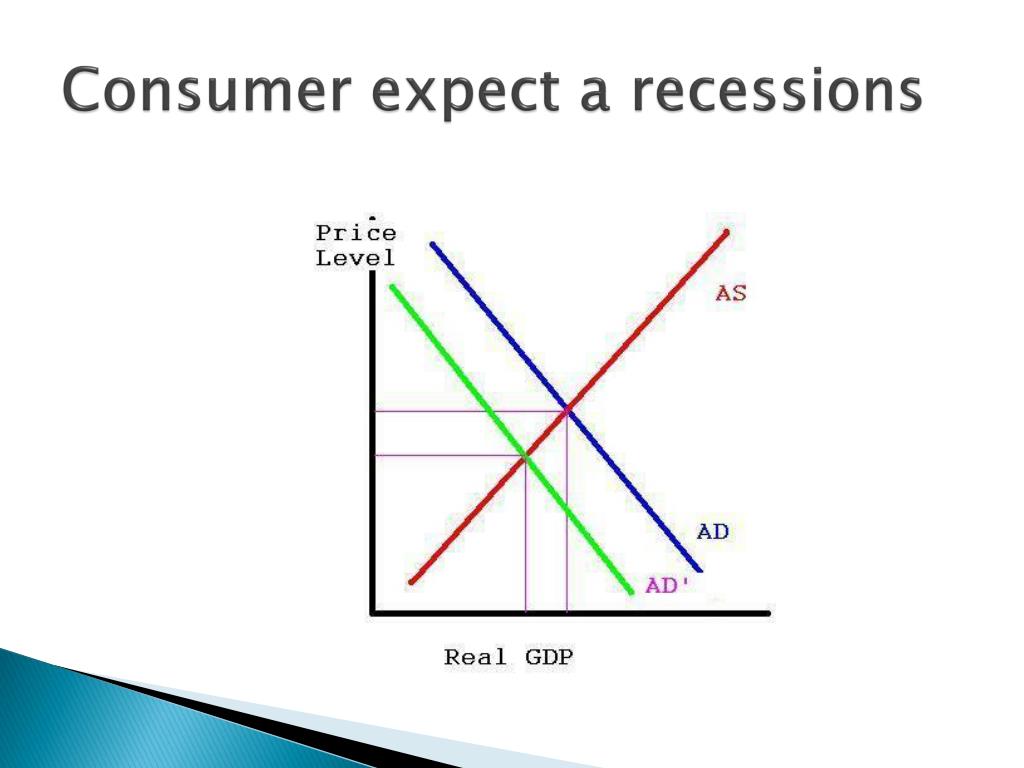
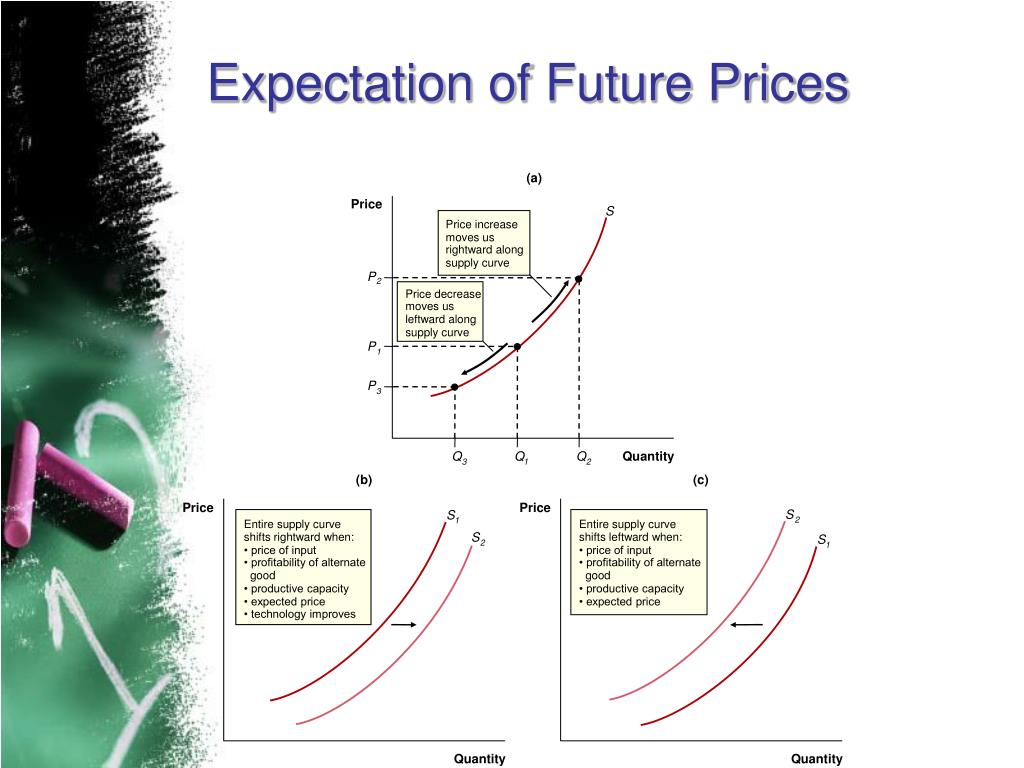

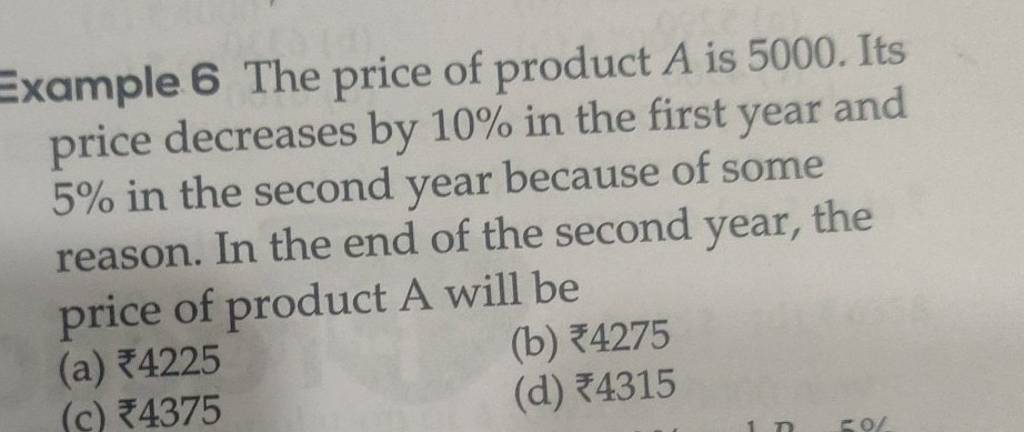
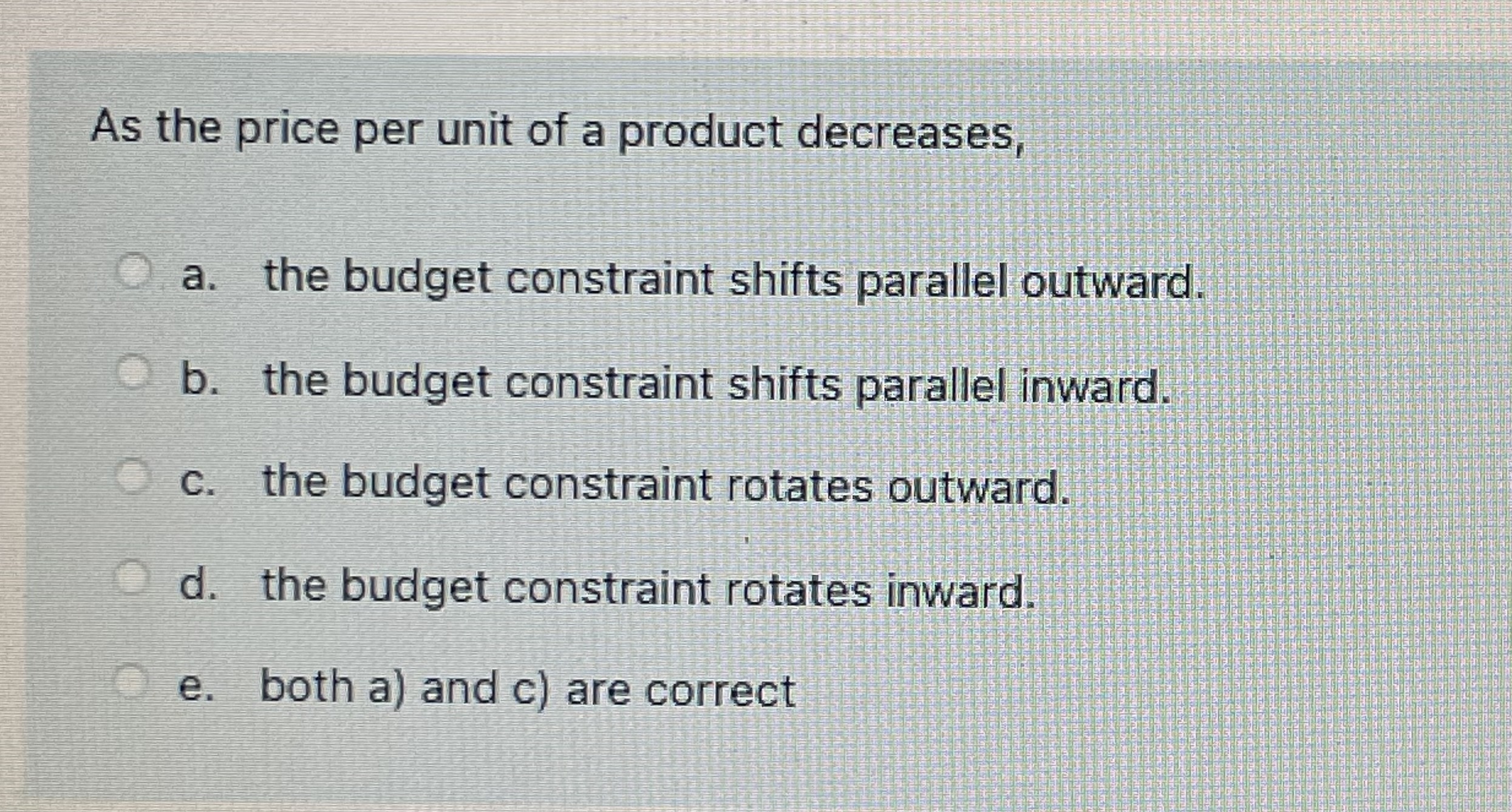



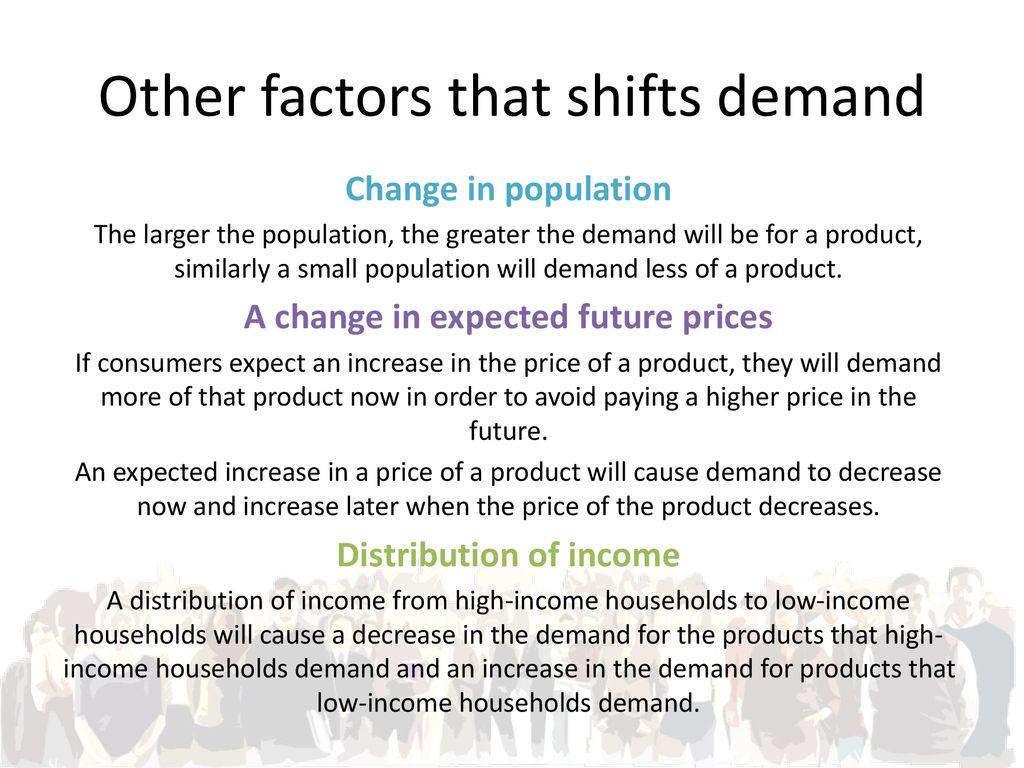
.jpg)


